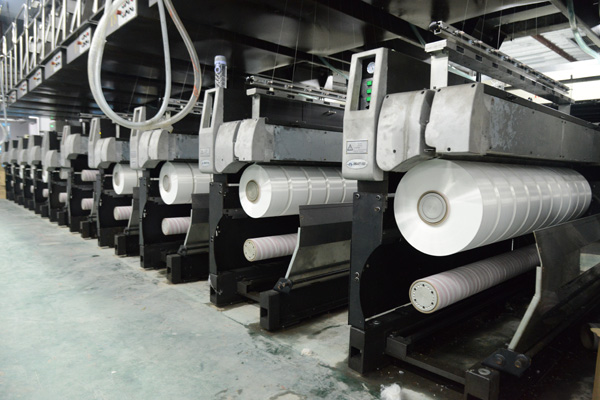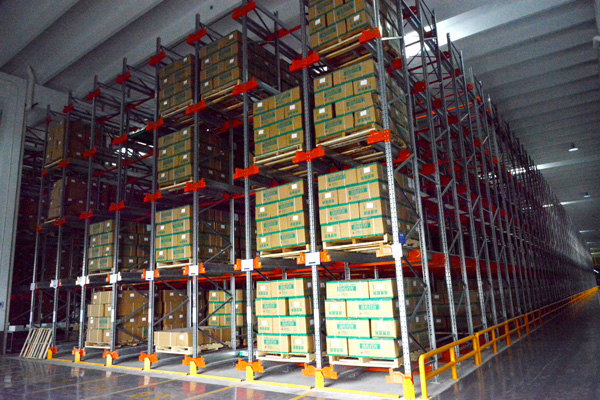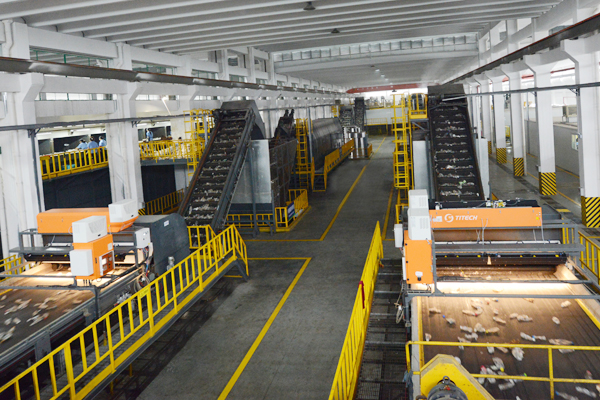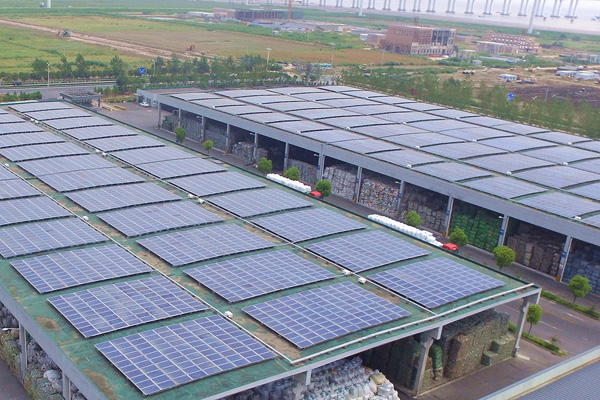Polyester filament: negative growth in exports in the first half of the year, expected to pick up in the second half
2022-07-29
From January to June 2022, a total of 1.628 million tons of domestic polyester filaments were exported, a slight decrease of 0.3% year-on-year. Among them, the export in the first quarter was 781,000 tons, a year-on-year decrease of 13.5% due to the high base last year; the export in the second quarter was 847,000 tons, a year-on-year increase of 16.1%, mainly due to the explosive growth of exports from May to June.
Comparison of monthly export volume of polyester yarn from 2017 to 2022
From the perspective of the second half of the year, the third quarter of last year was the trough period for polyester filament exports. Under a low base, it is expected that the year-on-year growth rate in the third quarter of this year will increase significantly; the fourth quarter is currently difficult to judge, and there is a high probability that it will exceed 2021, but the growth rate will not be particularly obvious. The annual export volume is initially expected to be around 3.15 million tons, a year-on-year increase of 5.1%.
Comparison of export distribution by continents in the first half of 2017-2022
From the perspective of export distribution regions, although the market has always mentioned the transfer of textile orders to Southeast Asian countries, from the perspective of filament export, the Asian region has the most obvious year-on-year decline, with the market share dropping from 62.4% to 59.4%; Europe, Africa both declined slightly; South America grew the most (mainly Brazil), and the market share increased from 9.4% to 12.1%, followed by North America.
Comparison of the export volume of polyester filaments in the first half of 2021-2022
|
Product Category |
From January to June 2021 |
Market Share |
From January to June 2022 |
Market Share |
Year-on-Year Change |
|
POY |
354553 |
21.7% |
258412 |
15.9% |
-27.1% |
|
FDY |
290855 |
17.8% |
257445 |
15.8% |
-11.5% |
|
DTY |
660004 |
40.4% |
783046 |
48.1% |
18.6% |
|
Industrial Yarn |
284984 |
17.5% |
277976 |
17.1% |
-2.5% |
|
Textured Yarns |
32352 |
2.0% |
39880 |
2.4% |
23.3% |
|
Other Polyester Yarns |
9776 |
0.6% |
11053 |
0.7% |
13.1% |
In the first half of 2022, DTY's export growth was outstanding, and its proportion increased to nearly 50%, while POY and FDY entered negative growth, especially POY's export volume fell by nearly 30% year-on-year, which is consistent with the domestic market trend. In many cases this year, it is directly much more cost-effective to buy DTY than to buy POY; In addition, a lot of the increase in export demand this year comes from some garment processing countries (such as Pakistan, etc.), and most of these regions lack draw texturing support, which further aggravates the situation of export product differentiation
.
Distribution of top ten export producing and selling countries in the first half of 2021-2022
|
Country/Region |
From January to June 2021 |
Market Share |
From January to June 2022 |
Market Share |
Year-on-Year Change |
|
Pakistan |
132660 |
8.1% |
175545 |
10.8% |
32.3% |
|
Vietnam |
144945 |
8.9% |
154978 |
9.5% |
6.9% |
|
Egypt |
142767 |
8.7% |
139764 |
8.6% |
-2.1% |
|
Brazil |
109783 |
6.7% |
138566 |
8.5% |
26.2% |
|
Turkey |
157351 |
9.6% |
136653 |
8.4% |
-13.2% |
|
India |
217063 |
13.3% |
116478 |
7.2% |
-46.3% |
|
Korea |
111529 |
6.8% |
105131 |
6.5% |
-5.7% |
|
Bangladesh |
78131 |
4.8% |
77850 |
4.8% |
-0.4% |
|
Indonesia |
54351 |
3.3% |
66589 |
4.1% |
22.5% |
|
Mexico |
34073 |
2.1% |
47501 |
2.9% |
39.4% |
Export highlights in the first half of this year are mainly concentrated in three countries - Pakistan, Brazil and India. The Indian market demand has always been a factor of instability. Last year it was an explosive growth, but this year it fell sharply. The quantity of polyester filament exported to India in the first half of the year fell by more than 100,000 tons. The loss of demand in the Indian market is also one of the main reasons for the decline in the Asian market share this year.
It is also worth noting that the Brazilian market may have overdrawn part of the demand in the second half of the year. It is reported that Brazil will start to levy anti-dumping duties (for DTY) in the near future. The current market news is that the dumping duties will not be levied before the end of August, and the collection will begin after that. The tax rate has not yet been heard and needs to be further confirmed; Pakistan is facing the problem of a plummeting exchange rate, which has a great impact on its import and export trade. On the 21st local time, the exchange rate of the Pakistani rupee to the US dollar hit a record low of 227:1 in the early trading in the interbank market.
Changes in sea freight rates for some mainstream routes since 2022 (Ningbo Port)
The recent freight rates of some mainstream routes are as follows: this week, the quotation from Ningbo Port to Brazil (NAV) rose to USD11000/40HQ, and the actual shipment was USD10500/40HQ. In early June, the freight rate of this route was only USD7000/40HQ; The freight rate of the Red Sea route has fallen across the board. This week, Ningbo port to Egypt (SOK) has dropped to around USD7000/40HQ, and next week is about USD6700/40HQ, the freight rate of this route is still at USD9000+/40HQ at the beginning of June; Pakistan (Karachi) fell to USD3900/40HQ this week, Indonesia (Jakarta) fell to USD2300/40HQ.
In terms of shipping, since June, in the mainstream polyester filament delivery areas, except for the continuous rise in freight rates in South America, the rest of the routes have fluctuated and declined. This week and next week, there is an accelerated downward trend. The market generally expects that freight rates will continue to fall in the second half of the year.
In terms of shipping, since June, in the mainstream polyester filament delivery areas, except for the continuous increase in the freight rate in the direction of South America, the rest of the routes have mainly fluctuated and declined, and this week and next week, there is an accelerated downward trend. Due to insufficient cargo volume on most routes, the market generally expects that freight rates will continue to fall in the second half of the year.































